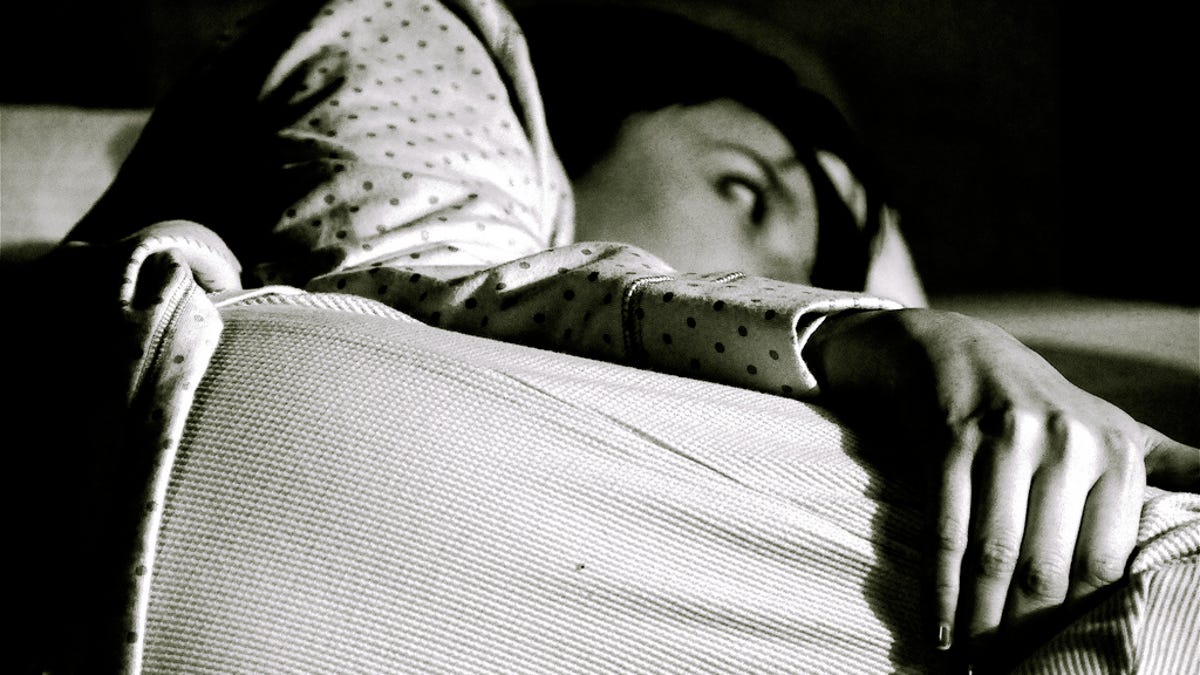Study ties nighttime lighting to depression
Following study linking night light to cancer growth, researchers now find that--in hamsters--night exposure to even the dim light of a computer or TV screen is linked to depression.
A new study gives people yet another reason to turn off that screen at night.
A year ago, psychologists at Ohio State University found that the bright fluorescent glare of city lights at night can affect brain structure enough to lead to depression. The findings were relevant not just for those who work at night, but for those who sleep with the lights on, fly frequently on red-eyes, and spend nights in hospitals.
Now the same team has found that this link to depression exists--at least in the hamsters they studied--after night exposure to even the dim light of a TV or computer screen. They presented their findings this week at the annual meeting of the American Society for Neuroscience in San Diego.
This research also comes on the heels of work out of the University of Haifa showing a clear link between light at night and cancer in mice, with the suppression of melatonin playing a key role.
Randy Nelson, co-author of the Ohio State study and professor of neuroscience and psychology, says the level of light required was surprisingly low: "You would expect to see an impact if we were blasting these hamsters with bright lights, but this was a very low level, something that most people could easily encounter every night."
The experiment was straightforward. The team studied the brains of two sets of Siberian hamsters, one exposed to 16 hours of light (at 150 lux) and 8 of total darkness, and the other to 16 hours of light and 8 of dim light (5 lux). For comparison, a full moon at tropical latitudes is 1 lux, and a family room is roughly 50 lux.
After just eight weeks, the hamsters underwent the same tests pharmaceutical companies use to test antidepressive drugs in animals before those drugs are then tested on humans. Those with depressive symptoms, for example, don't drink as much sugar water as those without those symptoms.
Those hamsters exposed to dim light at night showed more depressive symptoms than those in standard light-dark cycles. Furthermore, those exposed to dim light at night had less dense networks of dendritic spines--hairlike growths that transmit messages between brain cells--in the hippocampus, which plays a key role in depressive disorders.
The team believes these changes have something to do with production of the hormone melatonin, which was part of the findings in the Haifa study that linked night light to cancer. Light at night suppresses secretion of melatonin, which is involved in how the body knows it is nighttime, so exposure to even dim light may be tricking the body into not resting as fully as it would in darkness.
The researchers are by no means done studying the affects of nighttime exposure to various light levels. They're now investigating the exact role of melatonin in this most recent study's findings.


